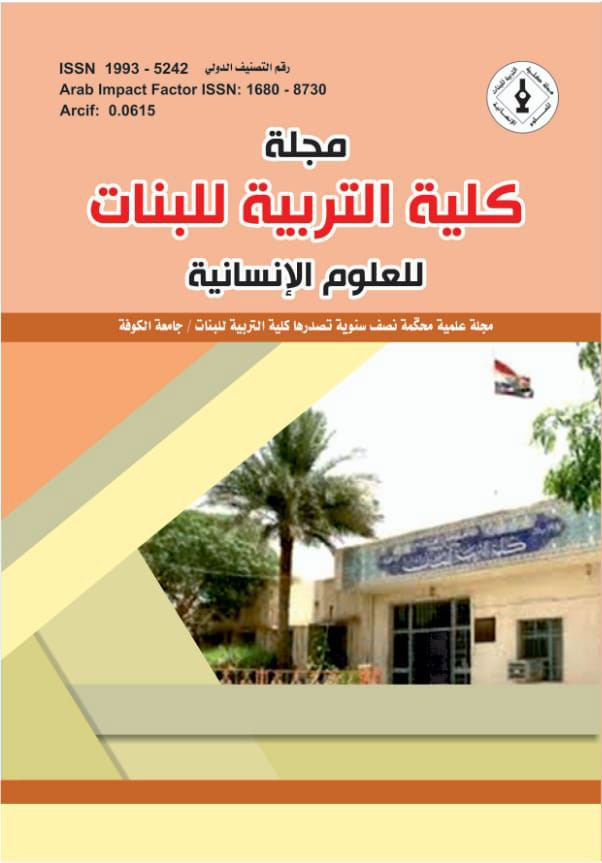The repercussions of the attack on the US Embassy in Panama City and its repercussions on US-Panamanian relations in 1964
DOI:
https://doi.org/10.36327/ewjh.v1i28.12193Abstract
Abstract
The roots of the American presence in the Republic of Panama go back to 1930, when Washington supported a plot in the territory of Panama (at the time) to secede from Colombia, for reasons related to digging a navigational canal across the Panamanian lands linking the Atlantic and Pacific oceans to serve its economic, political and military interests. It was able to sign a treaty with it in November 1903, according to which the United States was granted the right to formal control over an area estimated at 1432 km called the Canal Zone, and the American Administration began the project of digging the canal and opening it for international navigation in 1914 for an annual rent in favor of Panama, estimated at about 250 thousand dollars annually, based on that the Canal area became subject The American administration has a reason to interfere in the Panamanian political and economic affairs, as Washington has established huge military bases that include thousands of soldiers and war equipment, and has built the so-called Southern Central Command of the US Army in the region as the largest military base on the continent, and has violated Panamanian sovereignty and law, all of which caused chaos and turmoil between The American people and presence through time in multiple forms and formats.
As a result, and with the end of World War II, the United States built a military academy in the Canal region, to train police and Latin armies against communist activity, rebellions, and guerrilla warfare on the continent. However, the escalation of national liberation movements in the world during the fifties due to the nationalization of the Suez Canal and the success of the Cuban revolution shaped A threat to Washington's influence in Panama, riots and chaos began striking the state demanding the evacuation of the American forces, and students of the University of Panama and intellectuals carried the banner of those demonstrations since the beginning of the sixties, most notably those that turned into a real crisis in January 1964 when the demonstrators stormed the Canal area towards the American embassy and it happened. Clashes with American forces killed 20 Panamanian students and some American soldiers, and thus this crisis constituted a major turning point that reflected on the relations between Washington and Panama City throughout the sixties, and the issue was referred to the Organization of American States and to the United Nations Security Council.
Downloads
Published
How to Cite
Issue
Section
License
Copyright (c) 2023 Ahmed Ali; Prof. Dr. Iyad Ali Al-Hashemi, The teacher, Dr. Youssef Idris Al-Zakko

This work is licensed under a Creative Commons Attribution 4.0 International License.
which allows users to copy, create extracts, abstracts, and new works from the Article, alter and revise the Article, and make commercial use of the Article (including reuse and/or resale of the Article by commercial entities), provided the user gives appropriate credit (with a link to the formal publication through the relevant DOI), provides a link to the license, indicates if changes were made and the licensor is not represented as endorsing the use made of the work.









